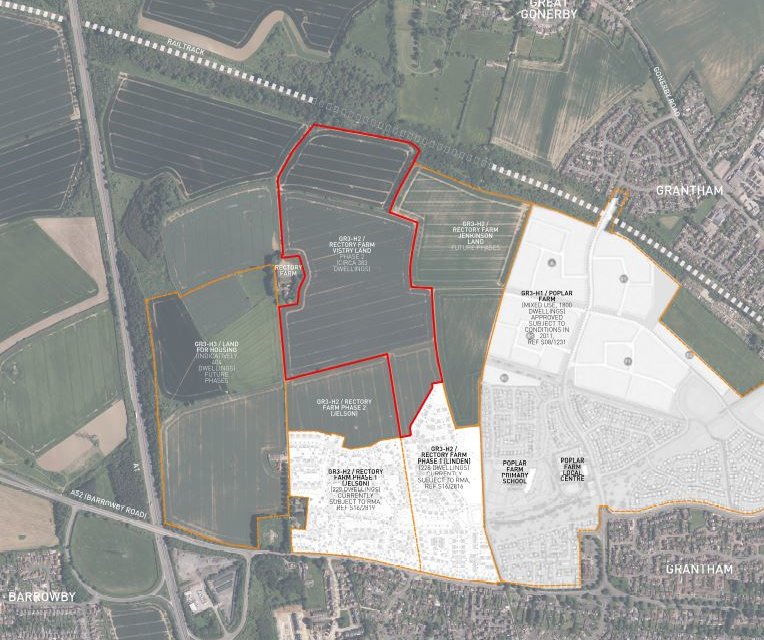In Grantham, UK, our steadfast commitment to preserving the character of our local communities and protecting our cherished green spaces has been echoed across the country, thanks to the diligent updates to the National Planning Policy Framework (NPPF) spearheaded by Michael Gove, the Secretary of State for Housing. These reforms, crucial in safeguarding the interests of rural and urban areas alike, empower councils to ensure that development aligns with their constituents’ desires and needs.
Recently, Wiltshire Council demonstrated the practical impact of these changes by wisely revising its stance on three housing projects initially approved last November, which would have built nearly 200 houses. This decision, a testament to the community’s views, underscores the crucial role of local input in shaping our towns and villages.
Similarly, North Somerset Council has adeptly utilised the “exceptional circumstances” provision within the NPPF, setting more realistic housing targets that maintain the essence of their community rather than adhering to previously mandated expansions. While some have criticised this move, it underscores a commitment to sustainable growth that does not compromise the unique character of our local areas.
Though planning experts forecast a potential decrease in new homes built annually, it’s crucial to understand the government’s stance. The government remains steadfast in its commitment to building homes, but not at the expense of our communities’ identity or the green belt that defines much of Britain’s landscape. The flexibility now afforded to councils ensures development is both thoughtful and reflective of local needs.
Critics argue these changes may challenge the national goal of constructing 300,000 new homes yearly. However, the priority remains clear: development must respect and enhance the communities it seeks to serve. This policy does not signify an end to housing development but a more discerning approach, ensuring that growth is balanced with preservation.
While the Home Builders Federation expresses concerns over the potential slowdown in housing supply, the long-term benefits of considerate and community-focused development must be considered. The government has signalled a slight adjustment in land supply expectations during the transition to this more community-oriented planning approach, aiming to mitigate the risk of speculative development.
The Labour Party proposes mandatory targets to reverse the perceived decline in building rates. Yet, it’s crucial to recognise that development quality and community integration are as important as quantity. The revised NPPF fosters a planning environment where decisions are made with a fuller understanding of their impact, aligning with our commitment to the communities we serve.
Lastly, the call for a new regulatory framework for letting and estate agents remains pertinent. This underscoring the need for continuous improvement in the property sector to protect tenants and leaseholders alike reflects a broader mandate for responsible governance and accountability in all aspects of housing and community development.
In summary, these planning reforms represent a shift towards more locally driven, sustainable development practices that honour the voices of our communities. As we navigate these changes, our focus remains steadfast on fostering growth that enriches our towns and villages, ensuring they thrive for generations.






Recent Comments